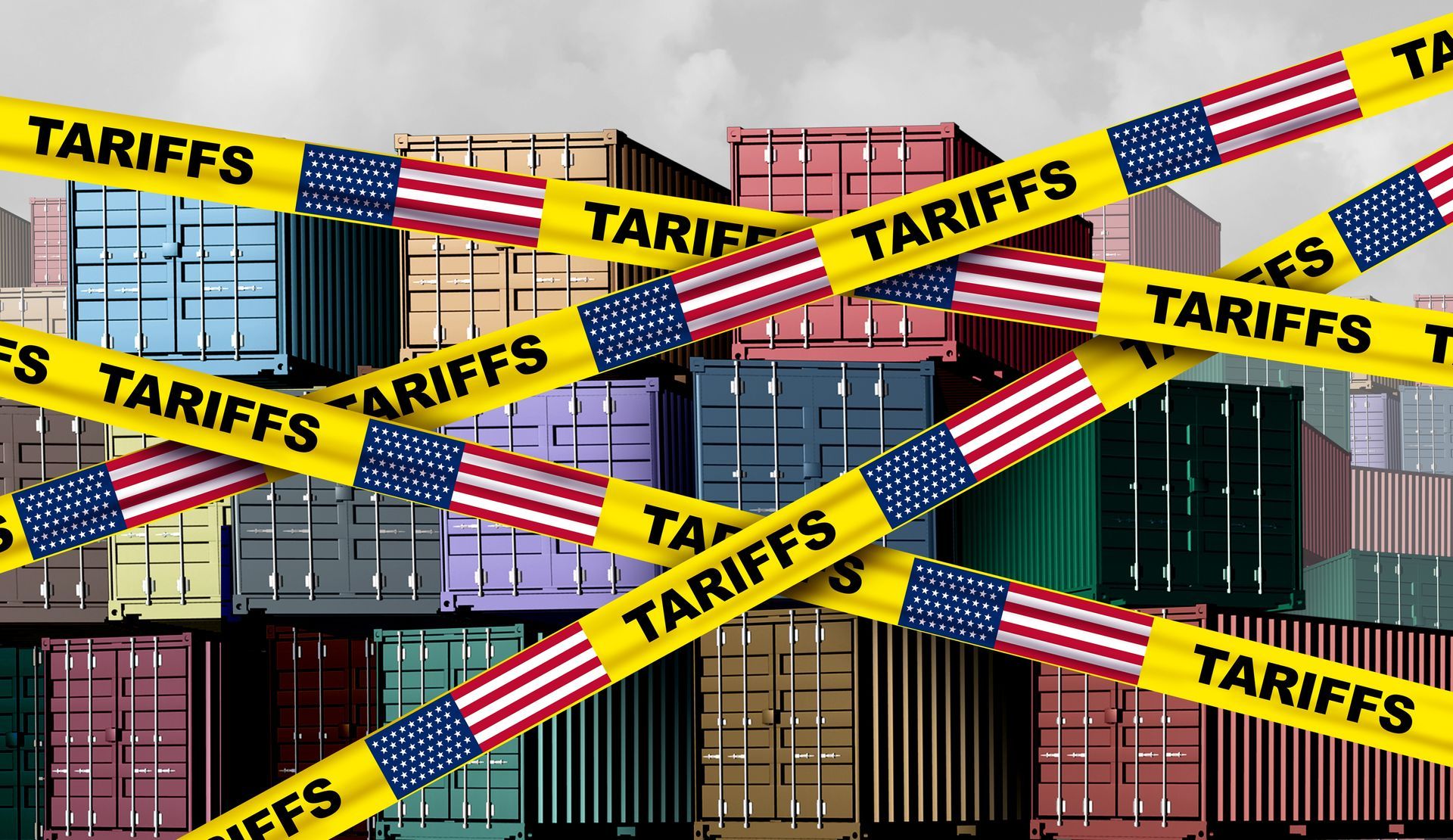3 Key Factors to a Viable Duty Drawback Program

The first thing you need to do is evaluate the connection between your imports and your exports. On a macro scale, you will need to determine the amount of duty you pay per year on imports (e.g. $250,000). Next, identify what percentage of your total sales is exported (e.g. 10%). Now multiply the percentage of exports times the amount of duty paid per year on imports, you will get a ball park estimate of your duty drawback recovery potential ($25,000 per year in this example). Of course every import is not exported, but this is a good calculation to use in order to establish a general starting point. The duty drawback regulations allow a claimant to go back 3 years when claiming drawback on exports, so using the example above this company would get an initial potential recovery of $75,000.
If after using the calculation method above, you find that pursuing a duty drawback program seems viable, the next aspect for consideration is the clarification of the exporter of record. By law, the exporter of record is the party entitled to claim duty drawback. If you are not the exporter of record, those rights can be transferred back to you by the exporter of record, but this is an additional step that warrants consideration.
The third point to assess is your company’s import history and available supporting documentation. You need not be the direct importer in order to claim duty drawback. If you obtain imported merchandise from a domestic third party, you can use that material in a duty drawback program by obtaining certificates of delivery. Again, this is an additional step in the process, one in which can be simplified by acquiring the services of a duty drawback professional.
Once you have determined that you have a viable duty drawback program, a potential claimant will need to obtain permission from U.S. Customs and Border Protection in order to file the duty drawback claims. These permission letters include accelerated payment, waiver of prior notice, and in the case of a manufacturing process, a specific or general drawback ruling. When the applications have been filed with Customs, the duty drawback claims can then be submitted. It is imperative that a claimant files the older exports first, most importantly because you will begin to lose the ability to claim them once you exceed the statutory 3-year period. Once your applications are approved, payment should be received from Customs in approximately 30 days.
Get actionable advice on cost-saving strategies that boost your bottom line.
Subscribe here:




















